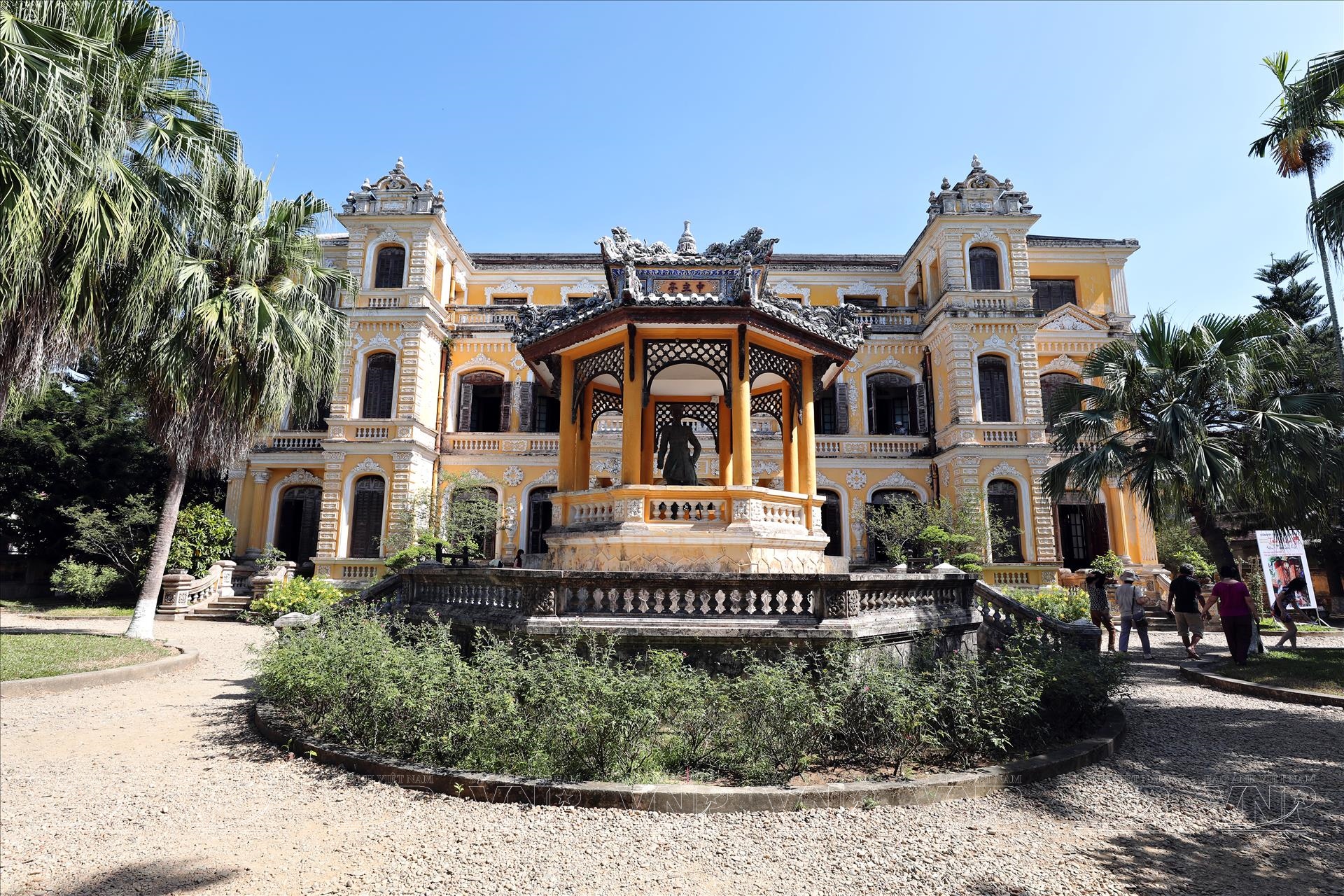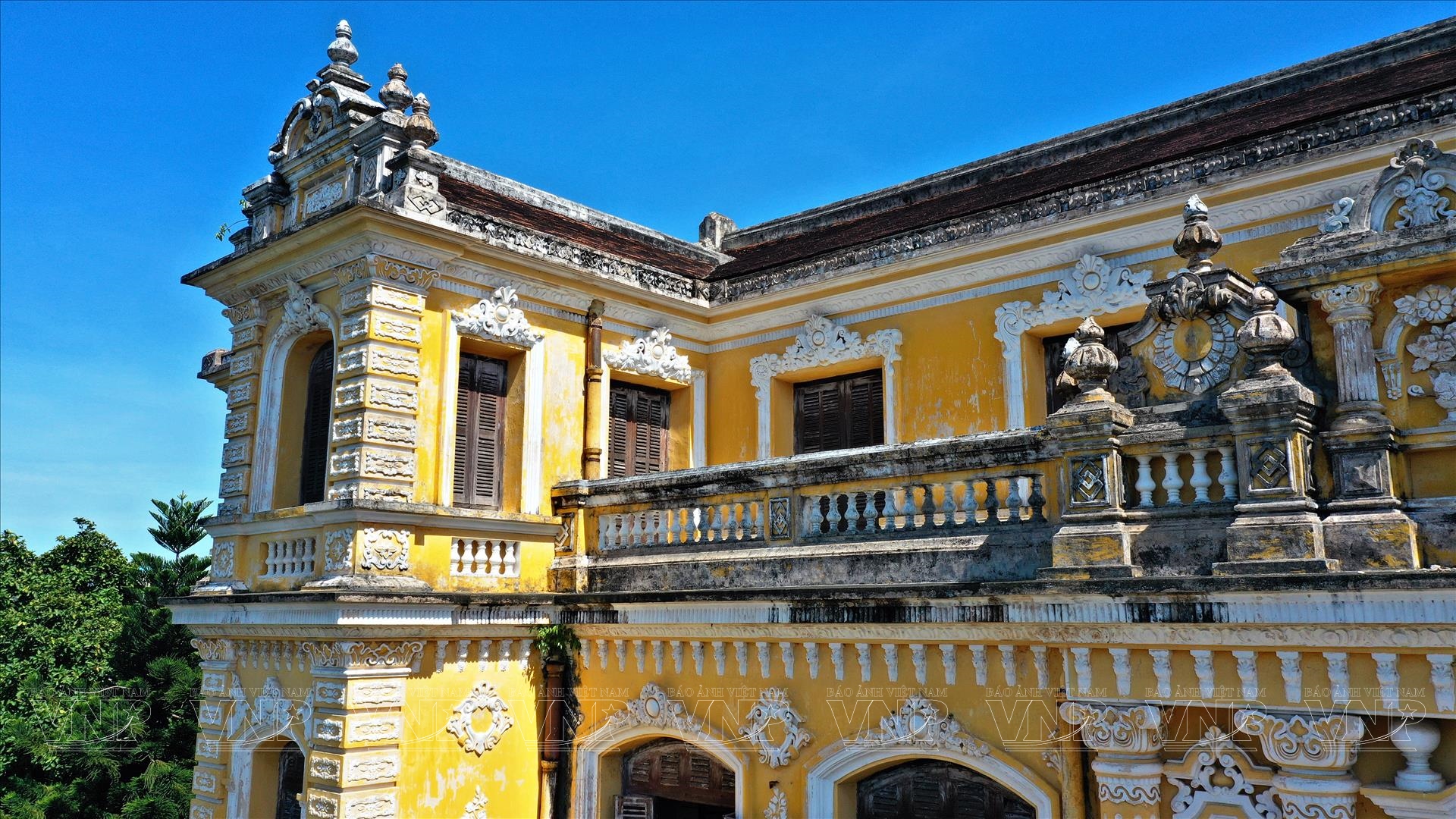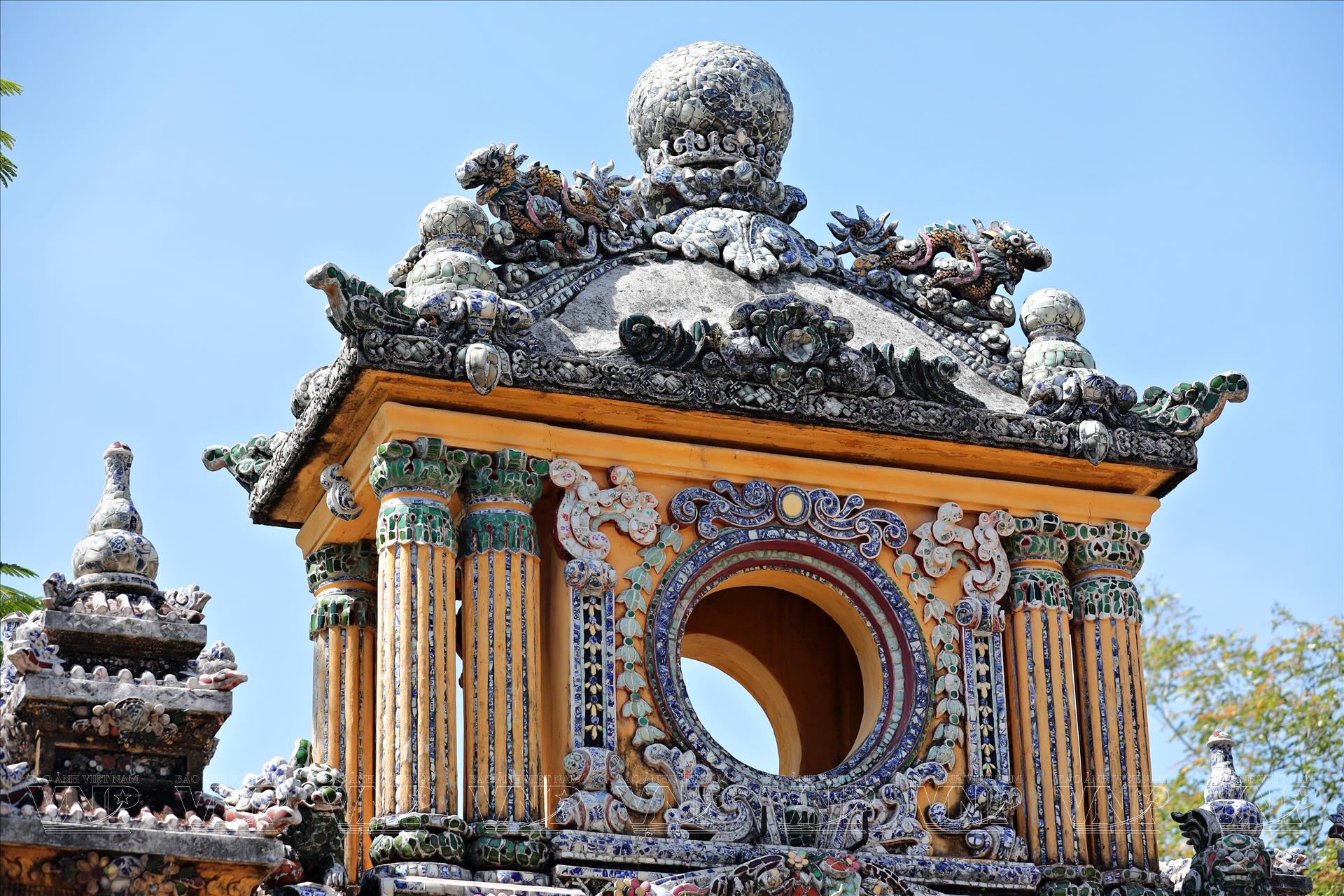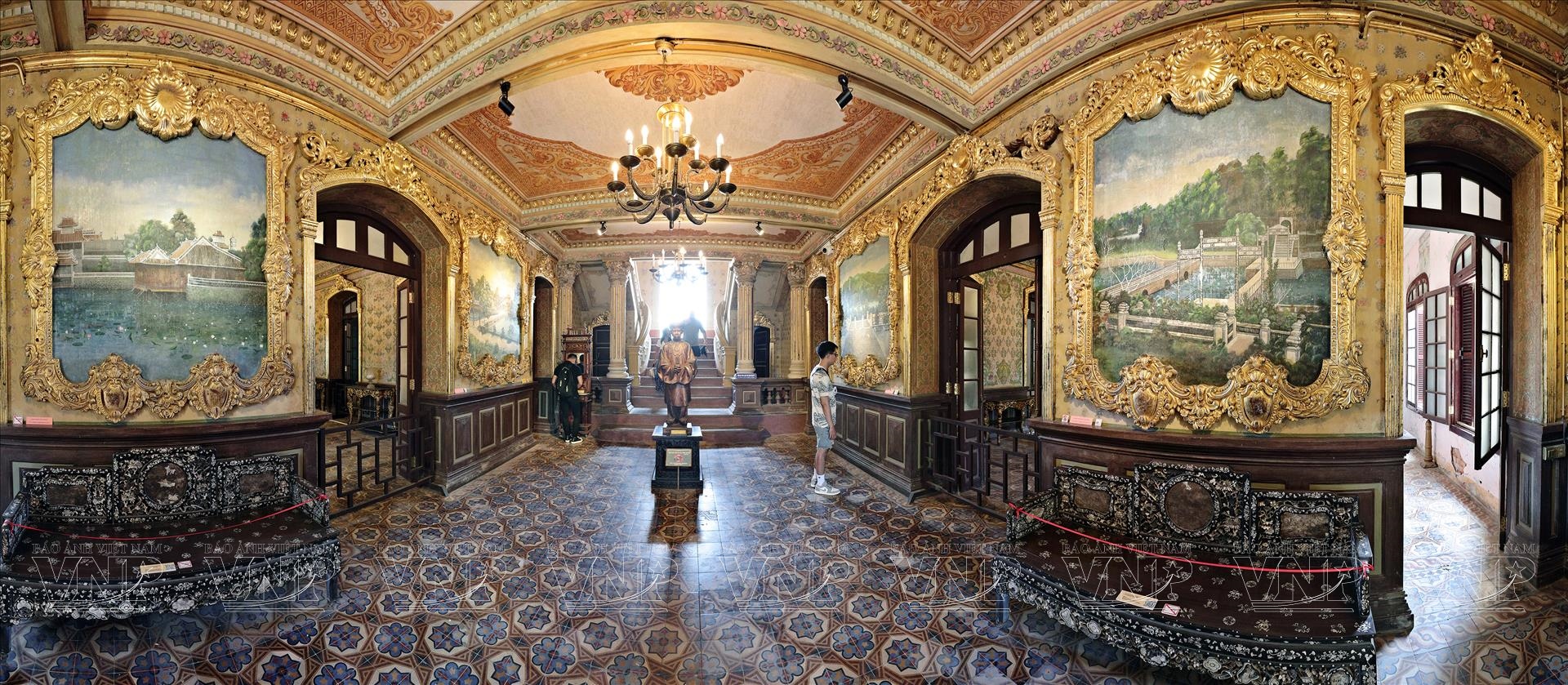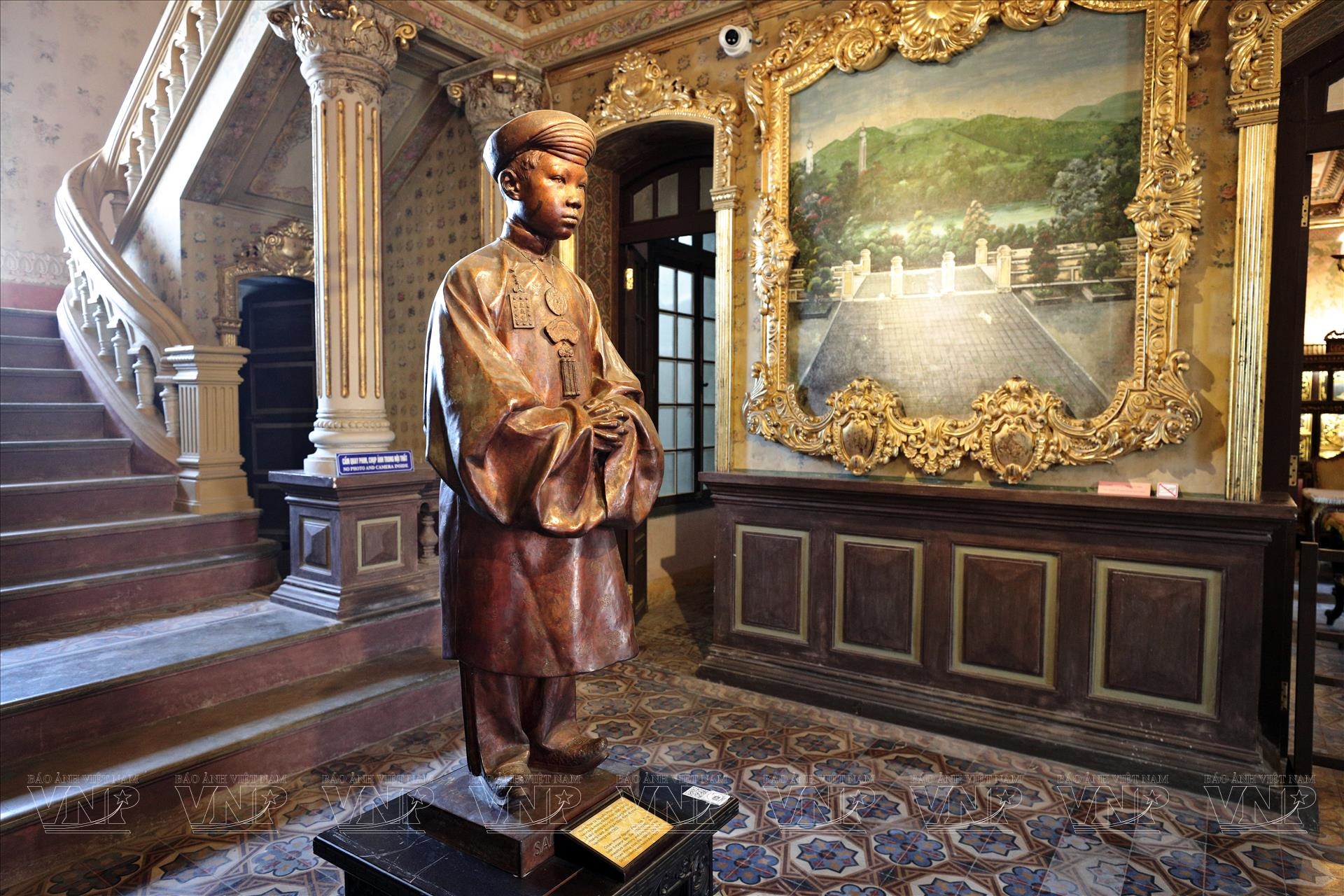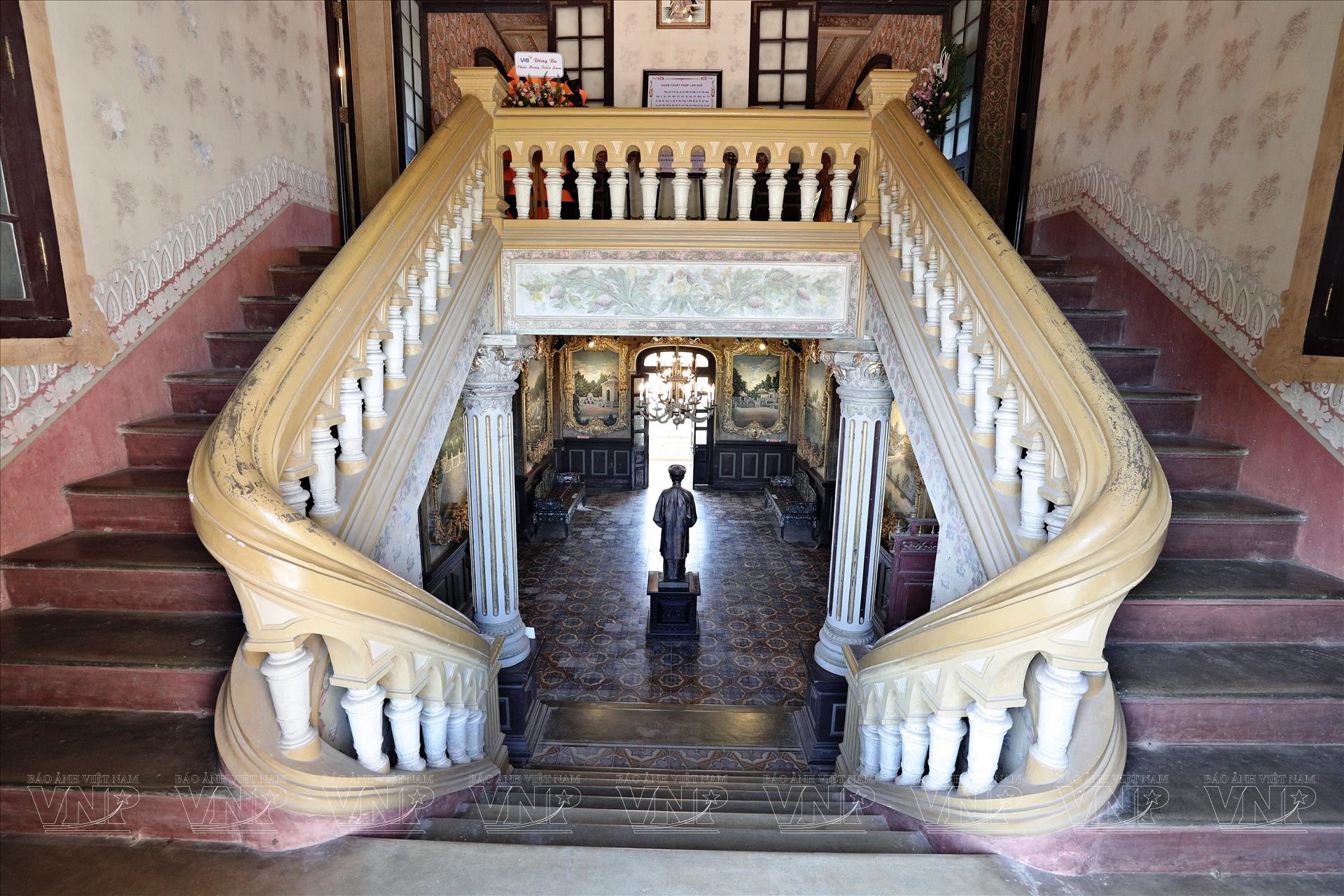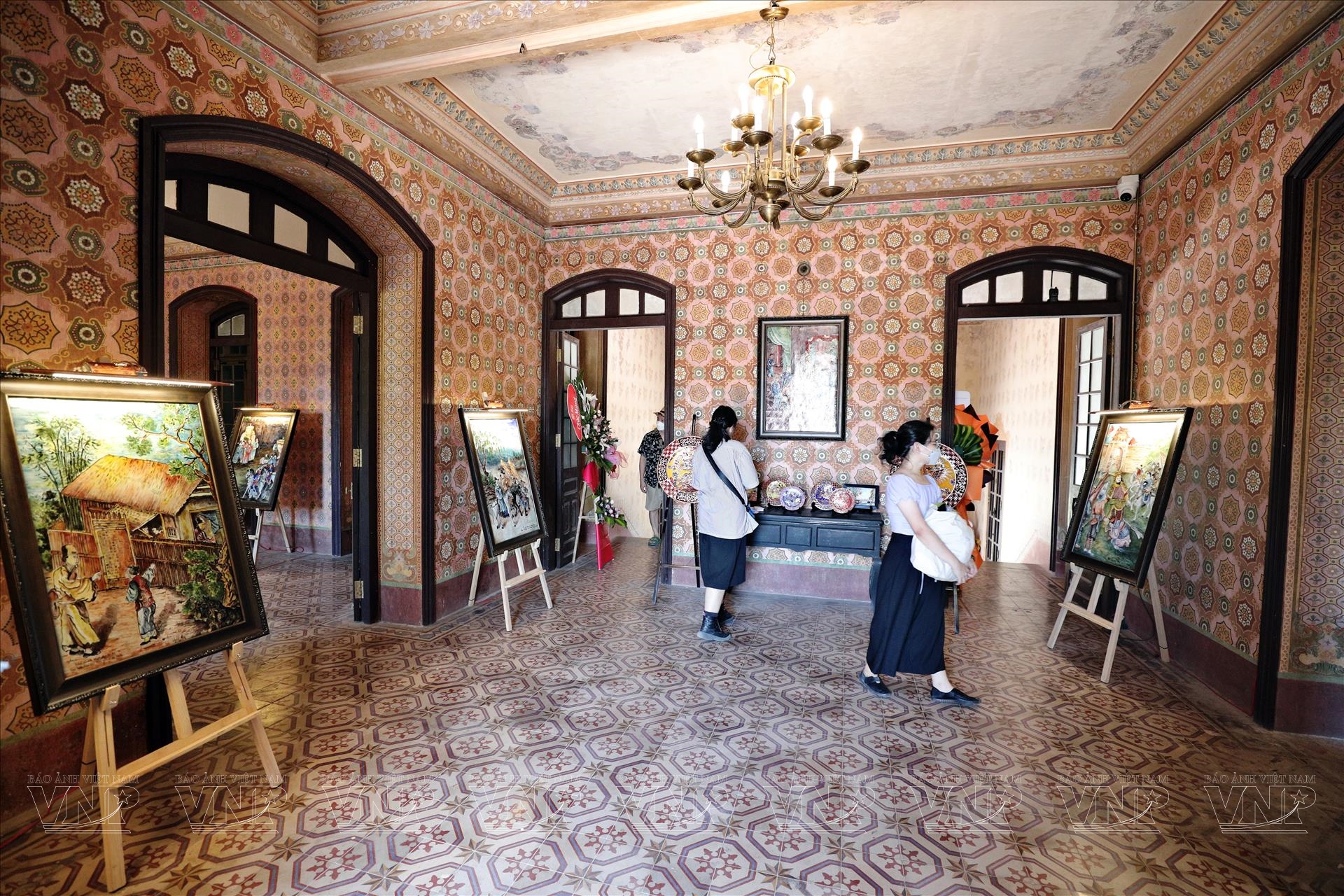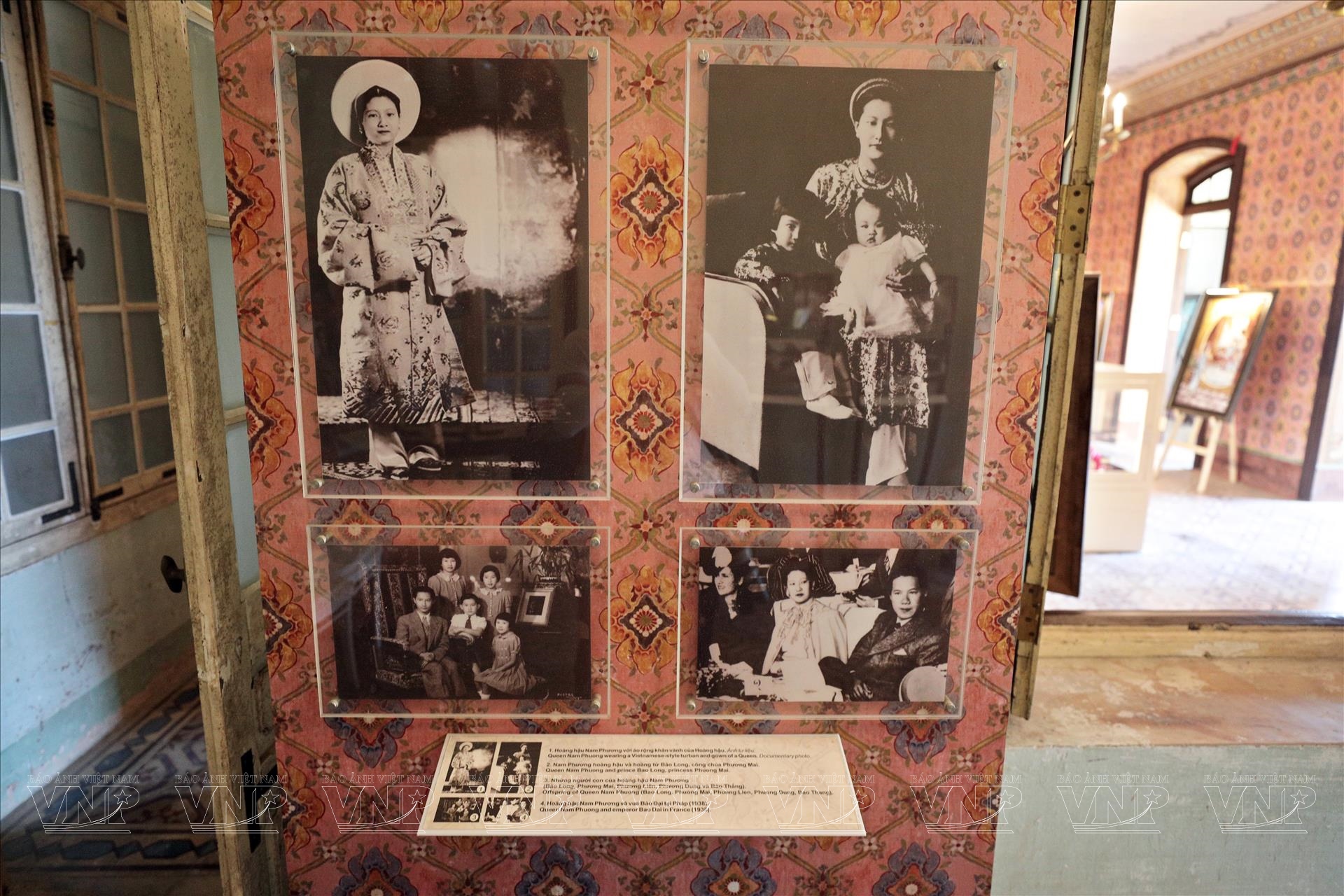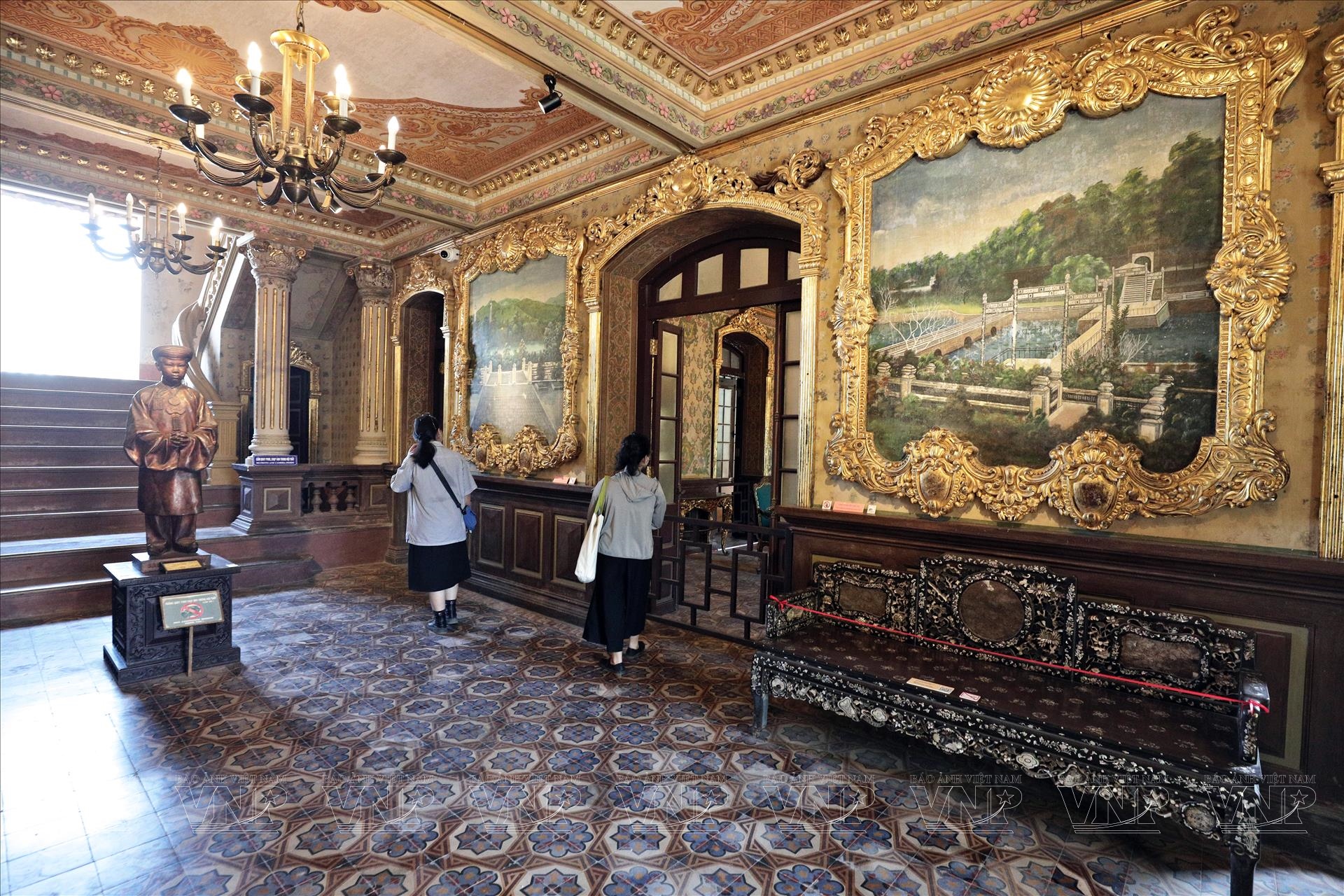An Dinh Palace - A Masterpiece of Indochinese Architecture
Located on the banks of the An Cuu River in Hue, An Dinh Palace stands as more than just a historical witness to a period of cultural fusion. It was also home to members of the Nguyen imperial family during the dynasty's final years. This is one of the most unique architectural works of the Nguyen Dynasty, embodying the essence of East-West architectural styles combined with the refined lines of Indochinese architecture.
Construction on An Dinh Palace began in 1917 under Emperor Khai Dinh, serving as the residence for Prince Vinh Thuy (who later became Emperor Bao Dai) and Empress Nam Phuong. The palace is situated about 3km south of the Hue Imperial City, its prime location by the An Cuu River creating a serene and airy atmosphere.
The palace's special charm lies in its harmonious blend of Eastern and Western aesthetics, designed entirely in the Indochinese architectural style. The three-story palace boasts a total construction area of 745m².
The first floor of the palace is designed in a European style, featuring granite columns, wide corridors, and tall arched windows. Yet, striking Oriental architectural elements, such as intricate reliefs, patterns, and traditional curved tiled roofs, are skillfully integrated into its decorative details.
The interior of An Dinh Palace is a miniature museum of contemporary decorative art. The ceilings and walls of the rooms are adorned with elaborate murals, reflecting court life and Vietnam's natural landscapes. It also preserves many valuable paintings by renowned artists of the time, such as Le Van Mien and Pham Van Don.
The An Dinh Palace garden is laid out in a French garden style, with lush green lawns, neatly trimmed flowerbeds, and granite-paved walkways. The highlight of the garden is an artificial pond with an intricately decorated fountain, creating a vibrant and romantic space.
Throughout its historical ups and downs, An Dinh Palace has witnessed many significant events of the Nguyen Dynasty. It was where Emperor Bao Dai spent his childhood years, and later became the residence for Empress Nam Phuong and her children. Importantly, the palace also hosted numerous significant diplomatic activities during the Nguyen Dynasty's final period.
Today, An Dinh Palace has been restored and preserved, becoming an attractive destination for exploring Hue's heritage.
With its immense artistic and historical value, An Dinh Palace deservedly stands as one of the most representative works of Indochinese architecture in Vietnam. This building is not just a testament to the East-West cultural fusion but also a precious legacy that needs to be preserved and promoted./.
By Cong Dat/VNP Translated by Hong Hanh

